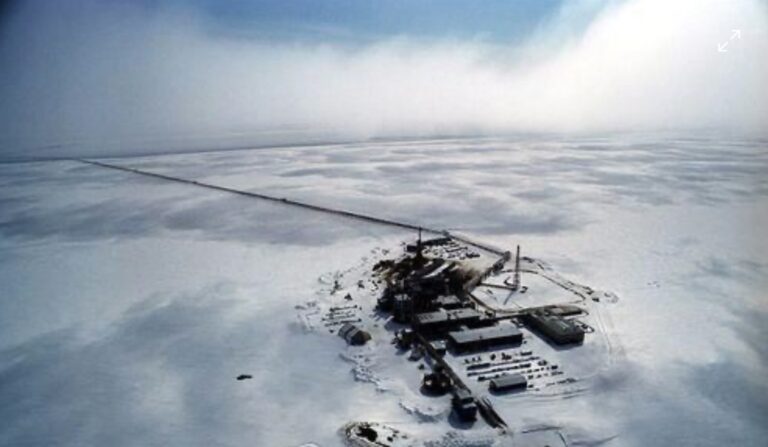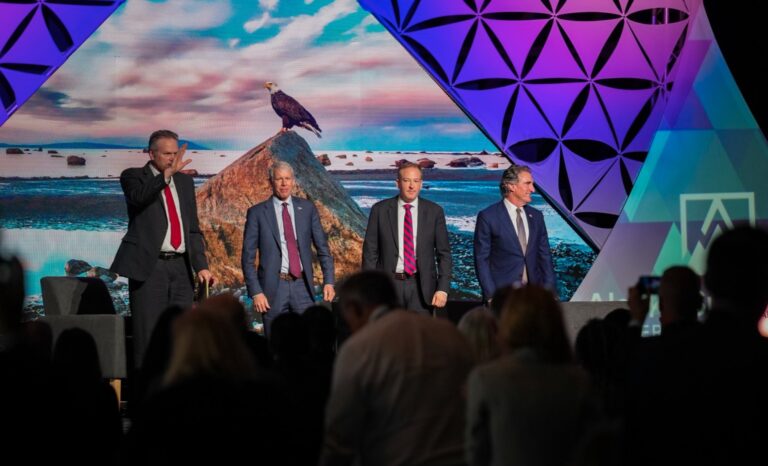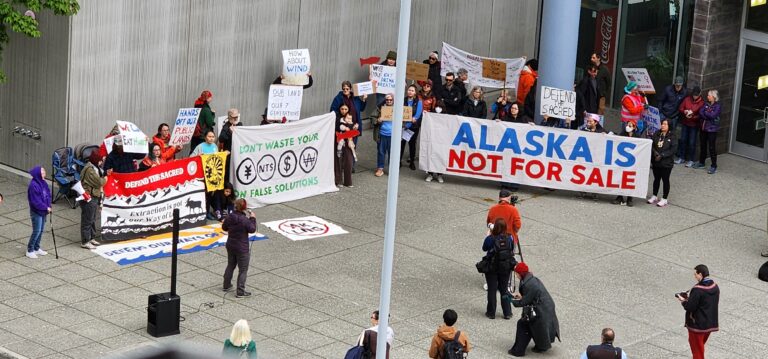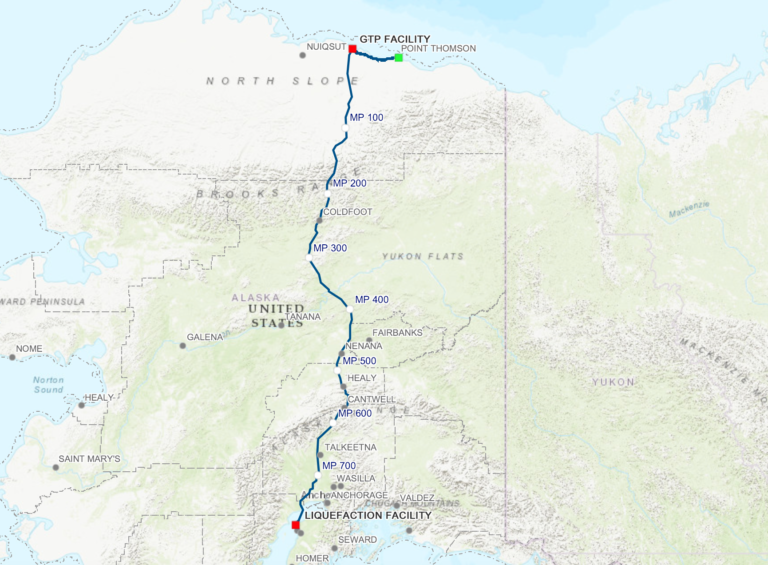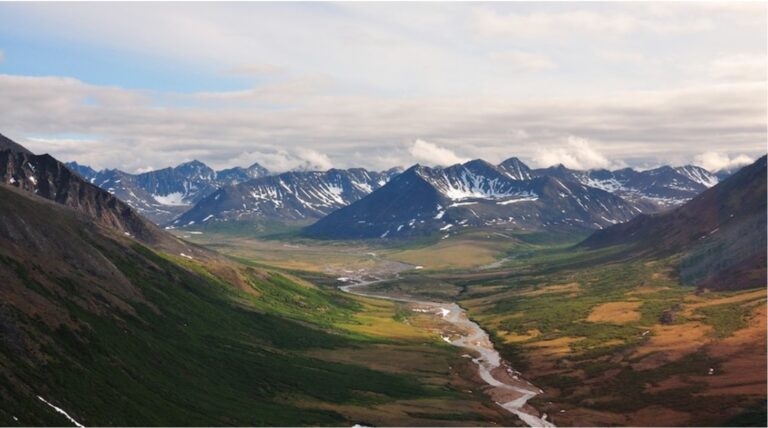At least two South Korean companies have taken part in the initial phase of selecting strategic partners for the Alaska LNG project, according to Korea Times. The announcement came from Glenfarne, the lead private company developing the gasline for Alaska.
More than 50 companies from around the globe, including participants from Korea, the United States, Japan, Taiwan, Thailand, India, and the European Union, were involved in the first round of the selection process, which was managed by Glenfarne’s subsidiary, Glenfarne Alaska LNG LLC.
The companies formally expressed interest in various types of partnerships, including equipment and material supply, services, investment participation, and long-term customer agreements.
The proposed collaborations and investments represent a potential combined value of $115 billion for a project that is said to be the most ambitious infrastructure project in US history.
“Momentum behind this LNG project continues to build with each passing day as more entities entering into serious discussions about how they can partner and support the project, including direct investment and offtake of gas,” commented Alaska Gov. Mike Dunleavy.
The news about South Korea’s interest comes as over 1,000 government and business leaders from around the world have converged on Anchorage for the Alaska Sustainable Energy Conference, the fourth one organized by Dunleavy.
A Korean delegation of officials from the industry ministry and Korea Gas Corp., is at the conference at the invitation of Gov. Dunleavy.
The Alaska LNG project is being jointly developed by Glenfarne and the Alaska Gasline Development Corporation. It includes construction of an 807-mile, 42-inch pipeline to carry natural gas from the North Slope to a planned export facility in Nikiski on the Kenai Peninsula. A final investment decision for the in-state pipeline segment is expected in the fourth quarter of 2025.
Positioned to deliver natural gas to Asia at prices below those tied to US Gulf Coast Henry Hub benchmarks, the project is being promoted as a strategic advantage for buyers in East Asia due to Alaska’s closer proximity to the region.
“Just last week I met with leaders at the highest levels of Korean government and industry. The word was absolutely clear and consistent: They are excited about the opportunity to purchase the Alaskan energy and critical minerals necessary to power their homes and businesses,” said Congressman Nick Begich. “We have a longstanding allied relationship with Korea based on shared democratic values and a commitment to innovation and the free market. Development of Alaskan resources helps reduce exposure to Chinese supply chains and strengthen our economic ties with our friends, and I’m looking forward to Alaska playing an important role in extending this important relationship.”
Must Read Alaska reported earlier that Japan’s JERA and Taiwan’s CPC Corporation, both of which signed an agreement with AGDC in March, are also among the parties expressing interest in the project. Their involvement includes potential investment and LNG purchase agreements.
The Alaska LNG initiative is planned in two phases. Phase 1 involves a 765-mile pipeline reaching Anchorage, while Phase 2 extends the infrastructure to Nikiski with additional compression equipment and liquefaction facilities. Glenfarne has contracted global engineering firm Worley for final project design and engineering work.
The project benefits from strong bipartisan support across federal, state, and local governments. Its fully permitted status and alignment with U.S. strategic energy goals have added momentum to Glenfarne’s efforts to finalize partnerships and financing.
President Donald Trump’s administration has been pushing Seoul, Tokyo, and other Asian countries to invest in the Alaska LNG project, and for Korea, it is part of trade negotiations with the Trump Administration over tariffs and other economic issues.
